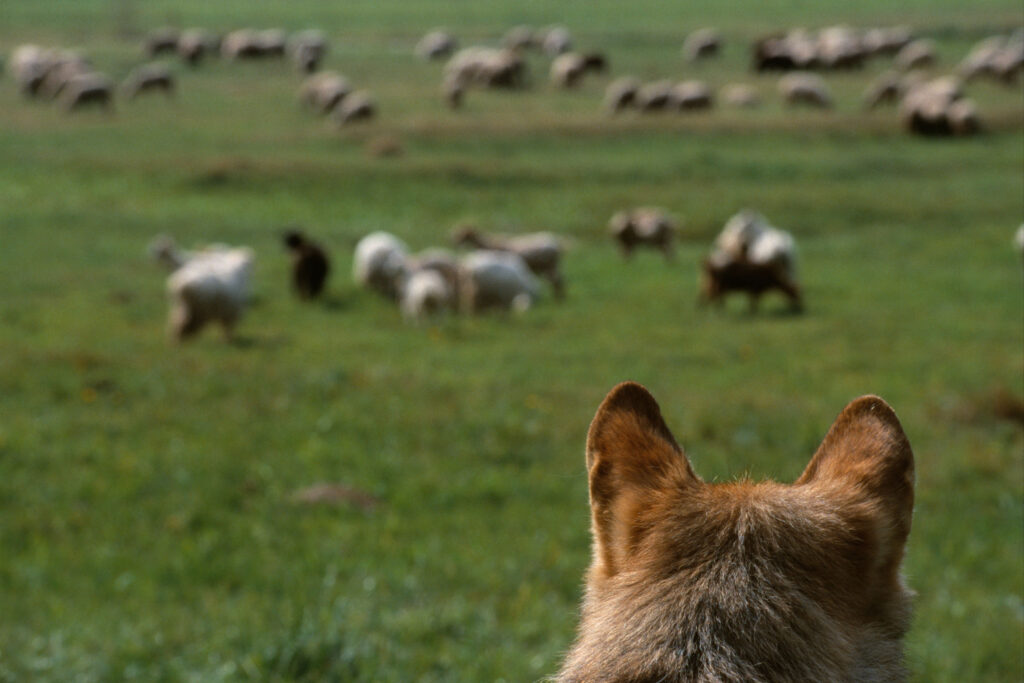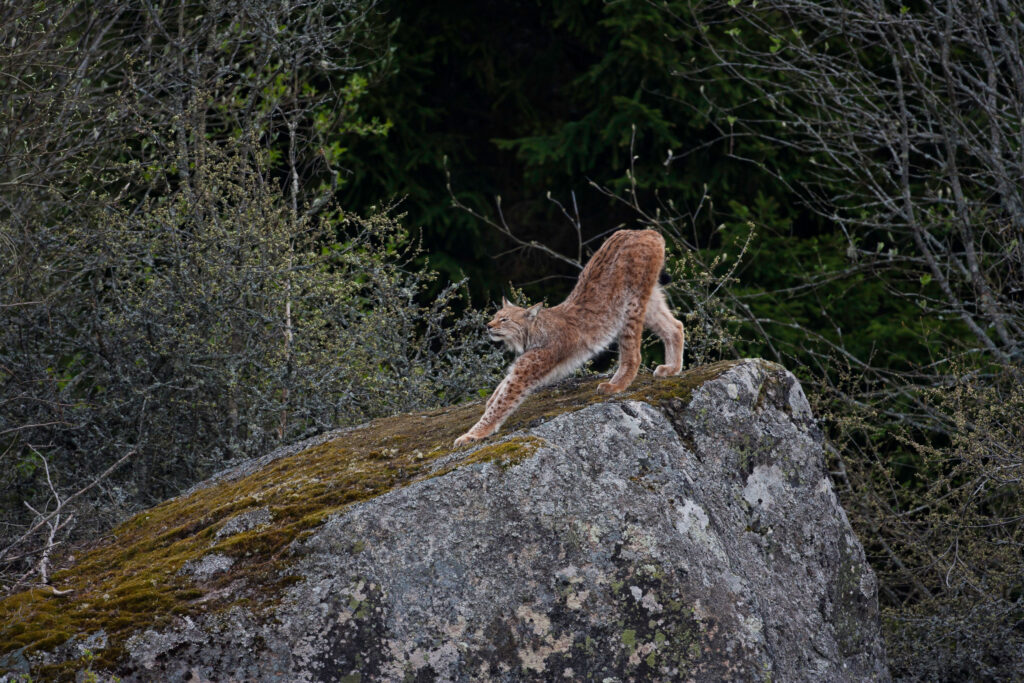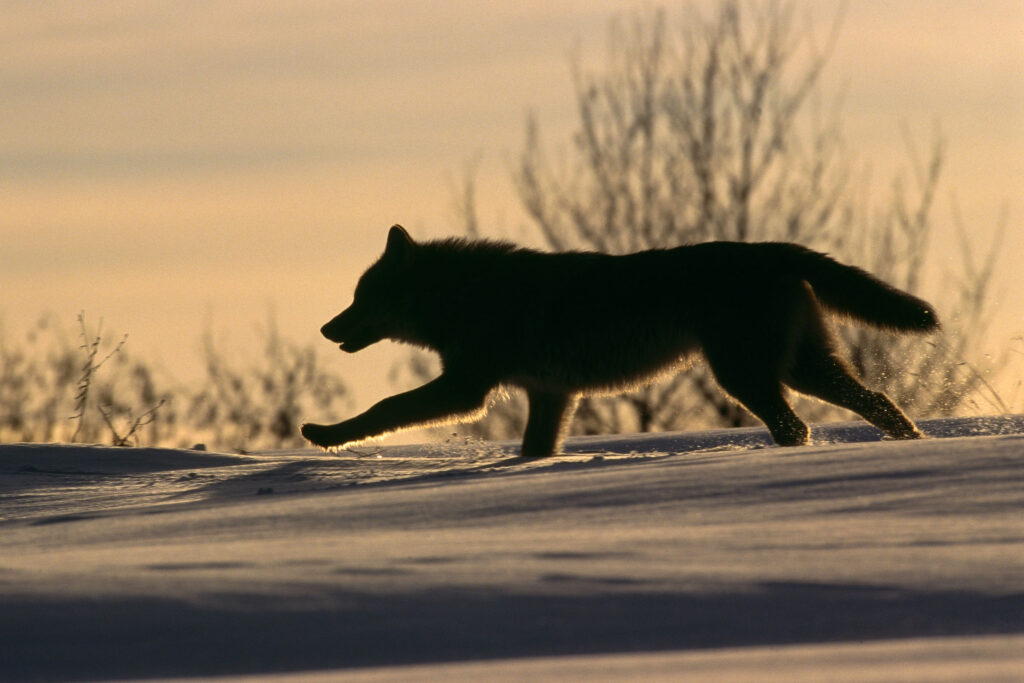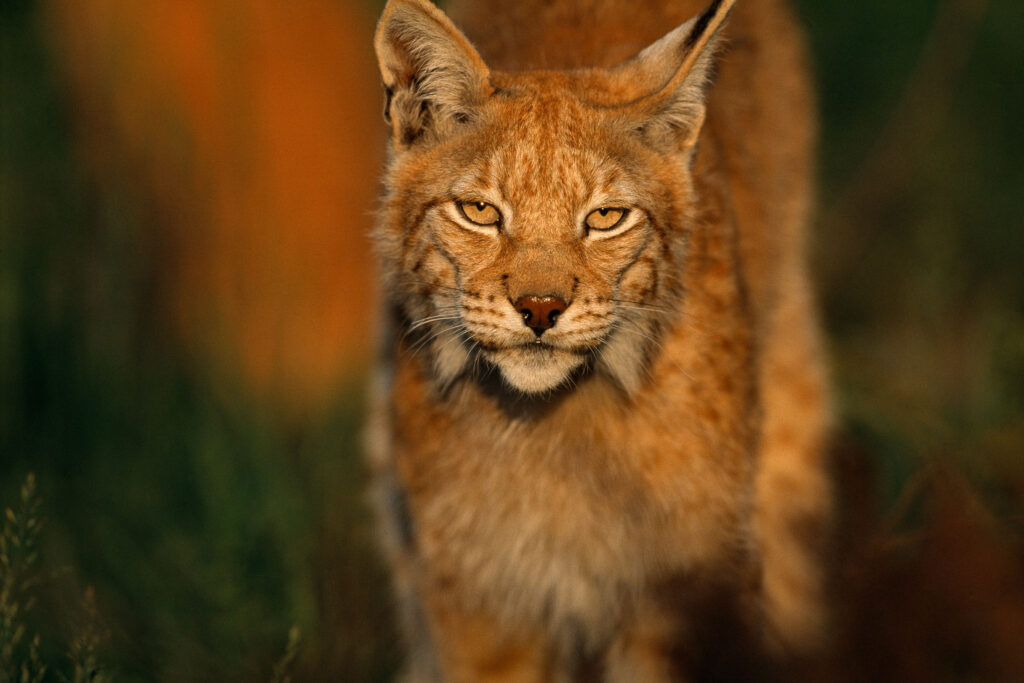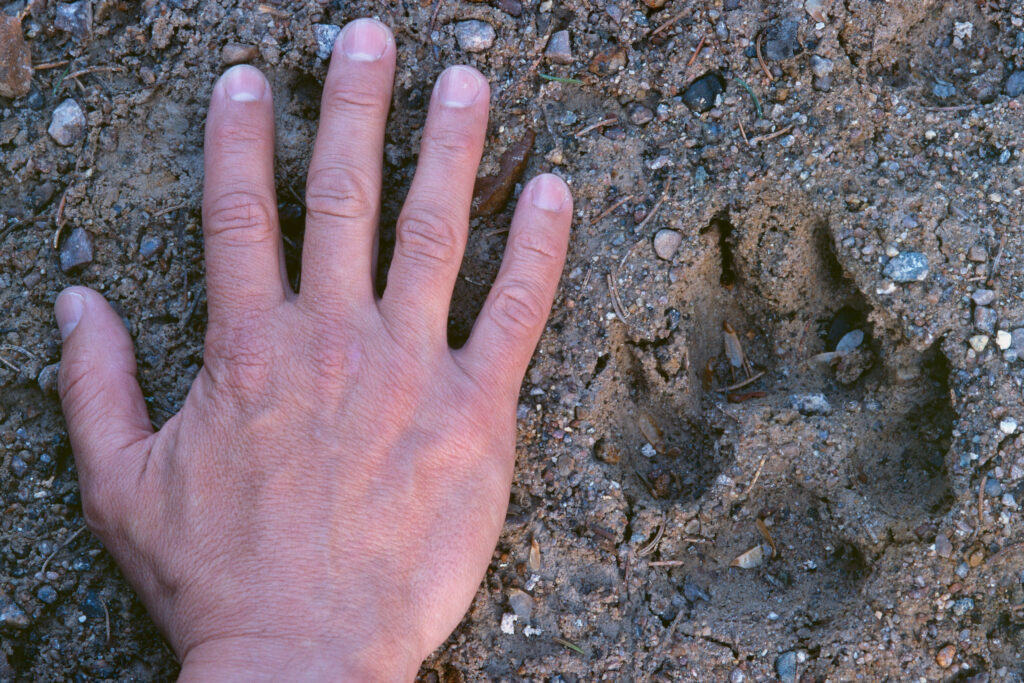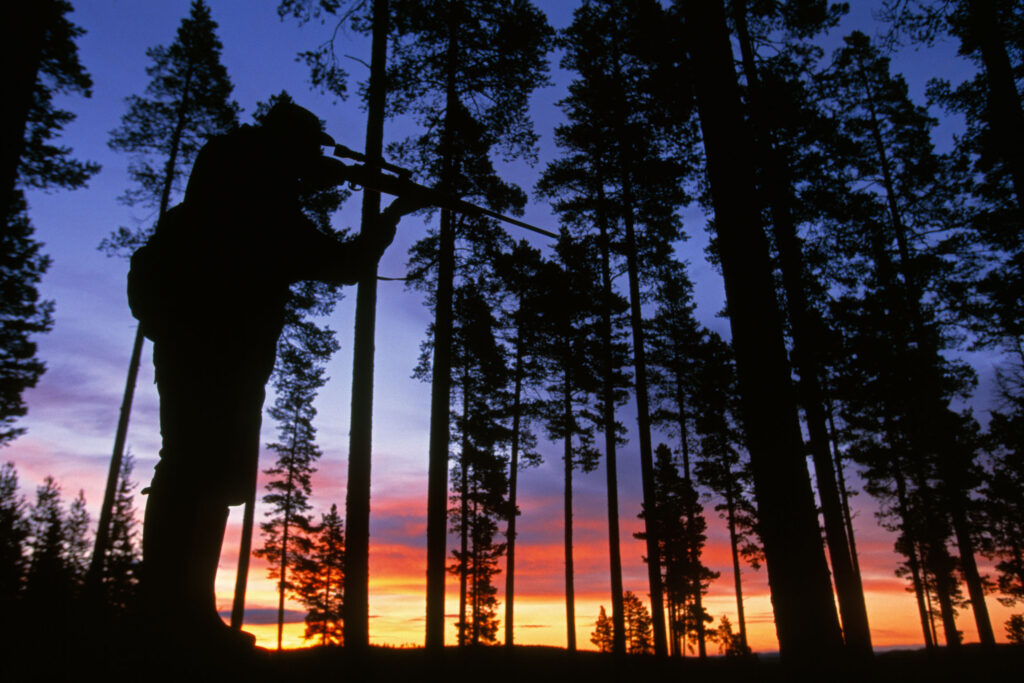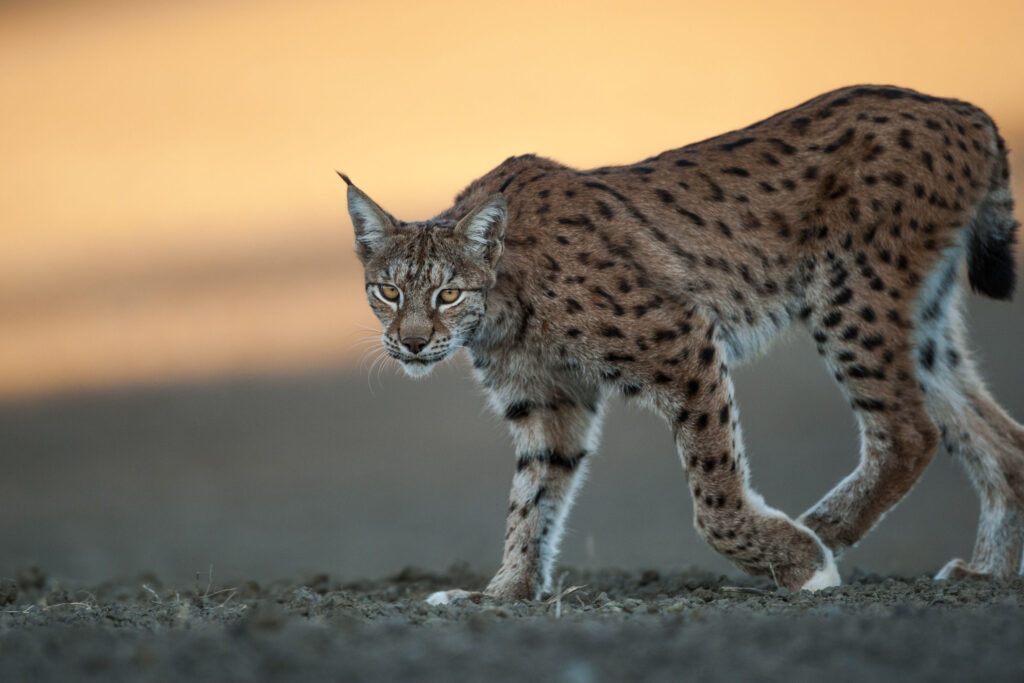Keeping sheep in, predators out
There are better ways to protect livestock than to kill predators. Predator-proof fencing is one of them. It keeps sheep in and predators out, and that is including the neighbours’ dogs. Join the volunteers who help put up these government-funded fences.
“For me it is obvious to do the best I can to protect my sheep”, says Thomas Andersson of Nolmyra farm in Uppland.
Predator-proof fencing is in Sweden a well-proven, efficient solution, to prevent predators from killing domestic livestock. Farmers have of course always used fences to keep sheep, cattle or horses in their corrals. These older fences are now being updated, step by step, to more predator-proof fencing, designed to also keep predators out.
Predator-proof fences are costly and not always fitting into the budget of the average sheep farmer’s operation. Therefore, the fencing material costs are today mainly funded through Swedish Government subsidies, via the respective County board.
However, it is still the farmer’s responsibility to put up the fence around their animals. In order to help farmers bring labour costs down for this, there are teams of people in several counties, who volunteer to help with this work. This is organized by the Swedish Carnivore Association, with their regional leaders in charge of each team. So far, they have helped 130 farmers to put up well over 50 kilometers of Predator-proof fencing, in 11 regions. With support from WWF Sweden and the Swedish Society for Nature Conservation.
“We got great help to put up our predator-proof fences from members of the Swedish Carnivore Association. That help was crucial for us to be able to manage it at all” says Henrik Simm, Harbo farm, Heby in Uppland.
“Most farmers are grateful and appreciative of the fence building assistance of ours. They are helped to get the work done, and their livestock is thereafter much better protected” says Magnus Orrebrant, Chairman of the Swedish Carnivore Association. “However, we are still surprised when some farmers, in areas with high predator numbers, do not want to put up predator-proof fences, in spite of being offered the fencing materials by the state, and the support from us with workers to help put them up.”
“It is very a hands-on way to build co-existence between the Big Five carnivores”, says Thord Johansson, one of the volunteers. “We show that we are serious about co-existence between large predators and animal husbandry. Doing this, we are literally building predator acceptance”.
Another positive effect of predator-proof fencing, is that the sheep tend to remain inside the corral, in spite of being Houdini-style breakout experts. This keeps sheep away from other, more common dangers, such as being hit by traffic. In addition, the neighbours’ dogs are kept out. Dogs have proven to be some of the most frequent livestock killers in Sweden.
In 2022, the government invested 13,9 million SEK (1,2 million euro) in predator-proof fencing, as its main preventive measure against predator attacks on livestock. The same year the compensations for livestock killed by wild predators, outside the reindeer herding area, was in total 2,6 million SEK (226 000 euro).
Predator-proof fencing is a long term solution and investment. They are planned to hold for at least 20 years. The fences that the Swedish Carnivore Association puts up are 110 cm high, with five electric wires.
Thanks to these fence-building efforts, most of reported wolf and lynx attacks on livestock today, take place in unfenced areas, where there is yet fence work to be done. Co-existence, living side by side, is supposed to be one of the main principles for our relation to the four-legged carnivores, according to the EU Commission. Predator-proof fencing is a key part of that.
Links
- The effectiveness of livestock protection measures against wolves (Science Direct, English)
- Keeping predators out - fences to reduce livestock depredation (Swedish University of Agricultural Sciences, SLU, English)
- Increased interest in efficient Predator-proof fencing in Sweden (Natursidan, 2021, Swedish)
- Recommendations for Predator-proof fencing in Sweden (Swedish University of Agricultural Sciences, SLU, 2023, Swedish)
- Volunteers fencing to protect sheep (Sveriges Natur)
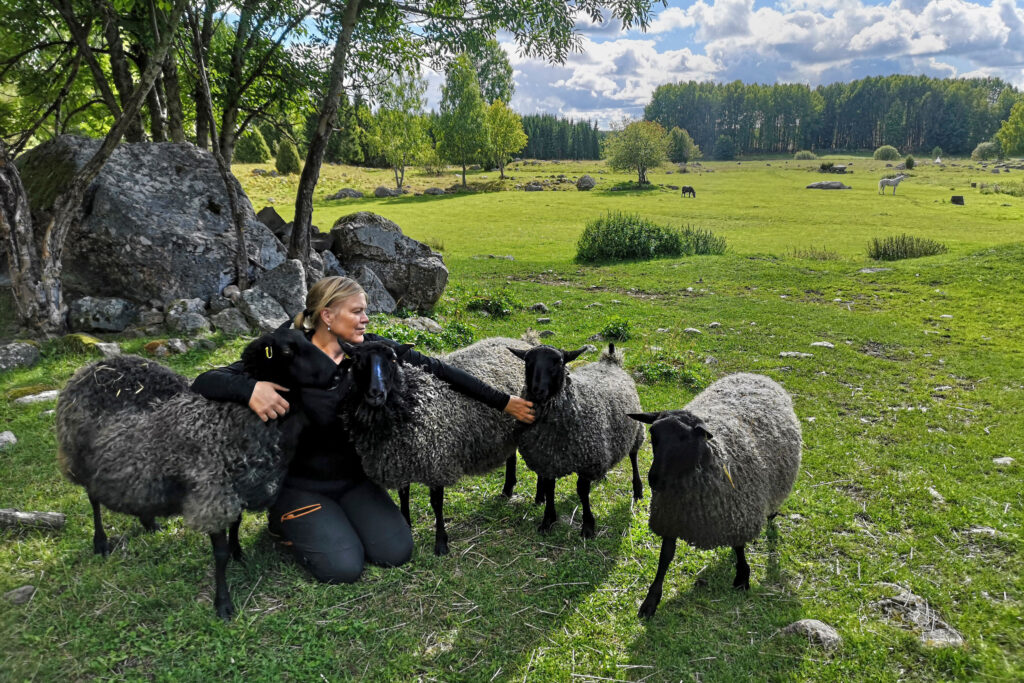
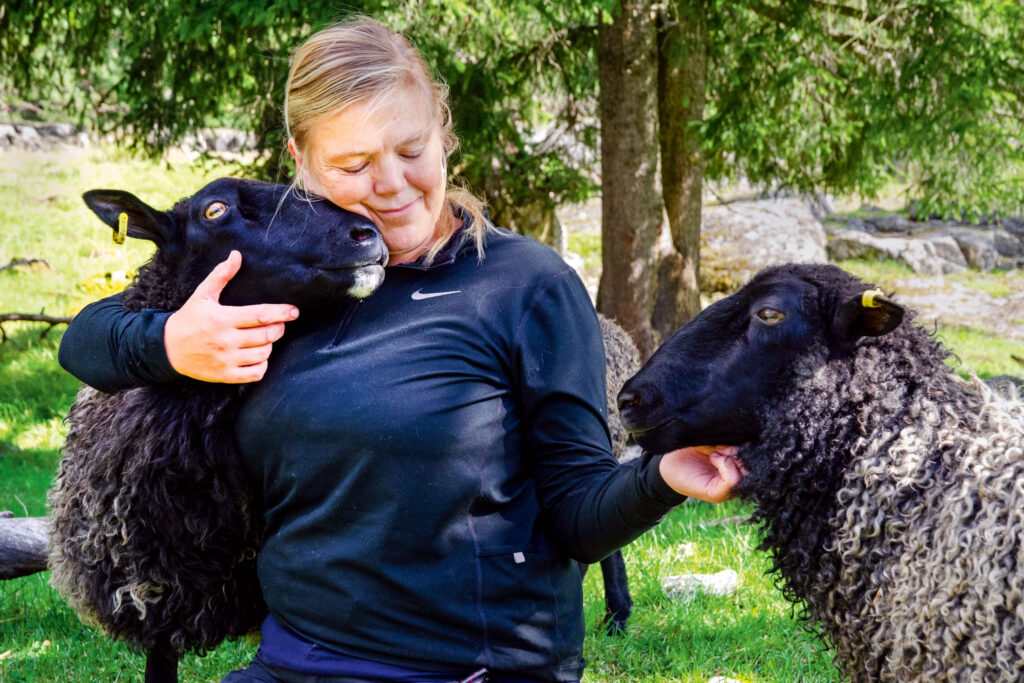
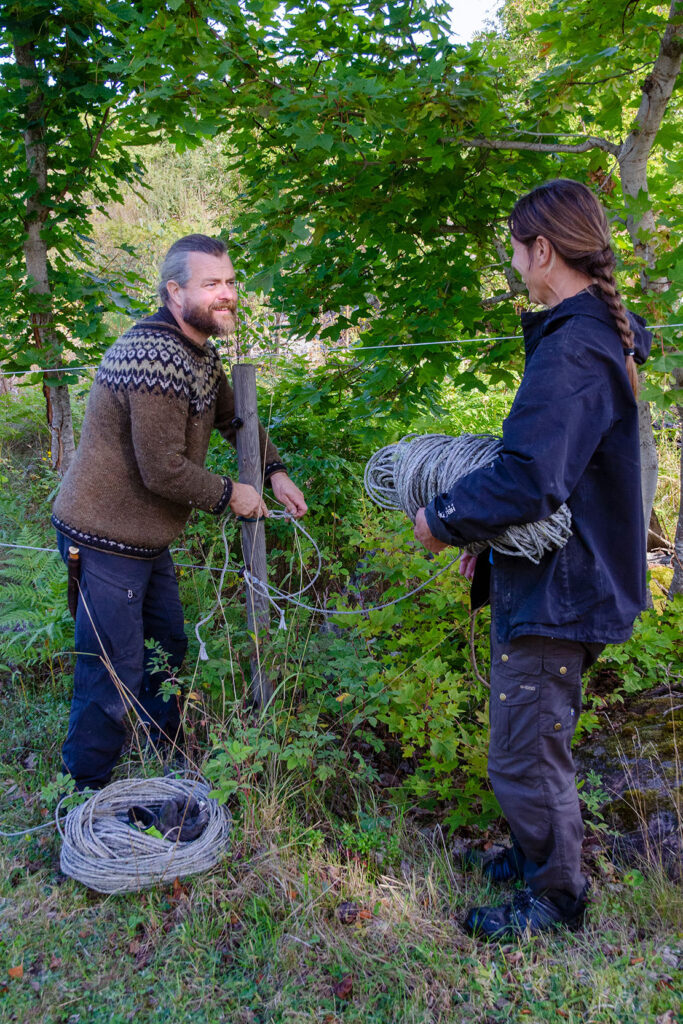
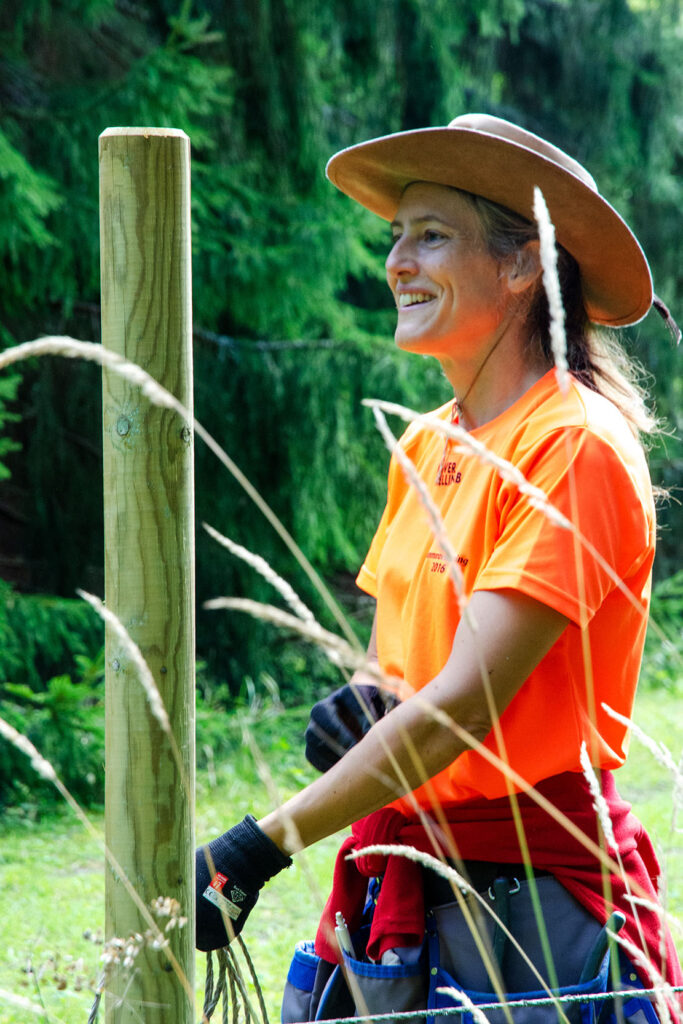
Image credits
Portrait images and interview quotes from Nolmyra farm by Mats Hellmark, Sveriges Natur magazine (Swedish Society for Nature Conservation).
Top image: Petter Berndtson
